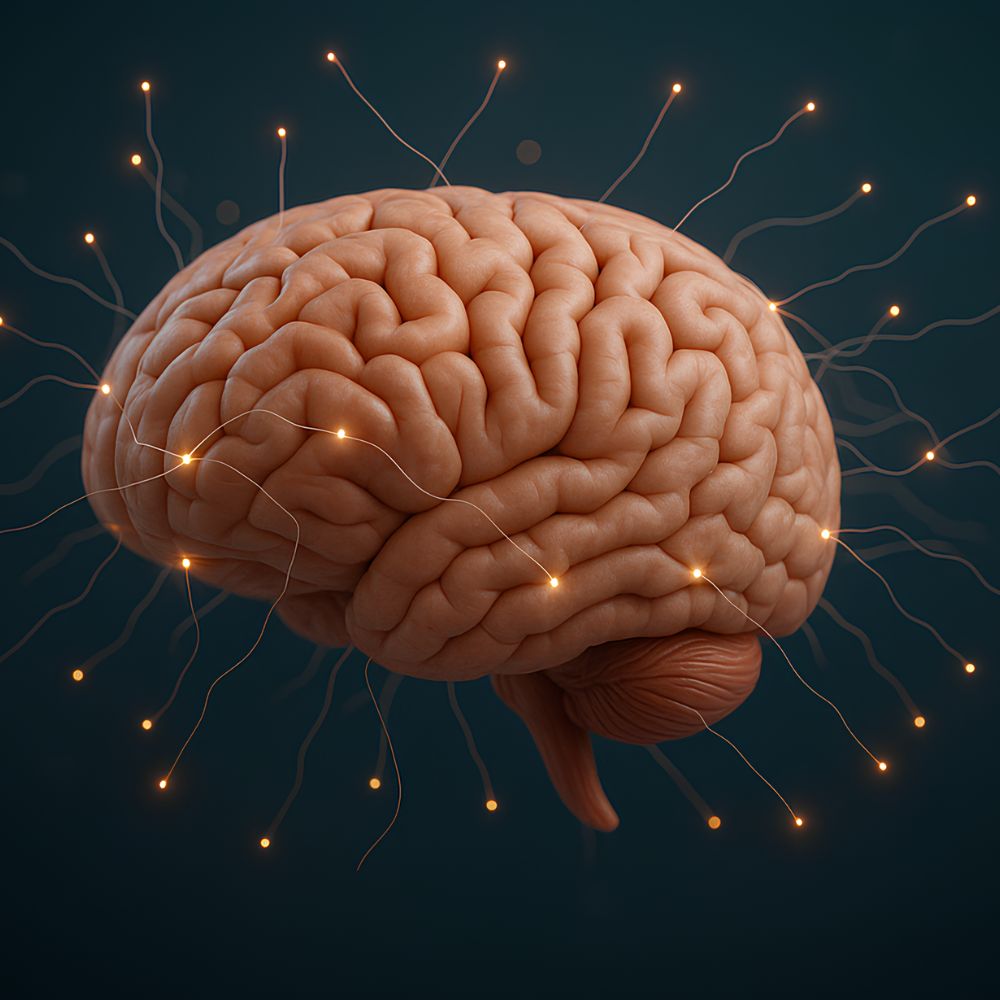What Is Neuroplasticity? (And How It Helps You Heal Your Mind — For Real)
June 19, 2025

Let’s be honest: “neuroplasticity” sounds like something a neuroscientist would casually say over lattes while the rest of us just smile and nod.
But once you understand what it actually means — and how powerful it is — you start realizing:
Oh. I’m not stuck. I’m literally wired to change.
And that? That’s where healing begins.
So… What Is Neuroplasticity, Really?
Neuroplasticity is your brain’s ability to change its structure, function, and even identity based on your experiences, thoughts, habits, and environment.
It’s how you:
- Break old patterns
- Rewire trauma responses
- Learn new skills
- Heal after emotional or physical injury
- Start showing up as the most authentic, grounded version of yourself
Your brain is not a fixed map. It’s more like a living, breathing GPS system that reroutes based on where you’re going — and sometimes, where you decide not to go anymore.
The Wild NYC Taxi Driver Study That Proved It
Here’s one of my favorite examples of neuroplasticity in action (and yes, it’s a little wild):
Researchers studied London taxi drivers (not NYC — even better), who are required to memorize The Knowledge, a complex mental map of over 25,000 streets and landmarks.
Compared to regular folks, the part of their brain responsible for spatial memory — the hippocampus — was physically larger.
Let that sink in.
Studying maps. Driving. Repeating routes.
All of that literally reshaped their brains.
And when they stopped driving? The hippocampus shrunk back down.
That’s neuroplasticity in action: What you practice grows. What you stop practicing fades.
So if a daily pattern of navigating traffic can change the brain that much… imagine what happens when you consistently practice self-compassion, mindful decision-making, or inner safety.
Trauma Changes the Brain. But So Does Healing.
Let’s get real: most of us don’t arrive at neuroplasticity from a science class. We arrive because something cracked open — burnout, grief, anxiety, people-pleasing, trauma — and we want to understand how to actually heal.
The hard truth?
Yes, trauma physically changes your brain. It shrinks the hippocampus, over-activates the amygdala (your threat center), and makes the prefrontal cortex (your logic/filter) go offline.
But the beautiful truth?
Healing also changes your brain.
Neuroplasticity is how you learn to:
- Feel safe in your body again
- Respond instead of react
- Reconnect with joy and creativity
- Rewire limiting beliefs that used to run the show
How to Activate Neuroplasticity in Daily Life
Here’s the good news: you don’t need a neuroscience degree (or a London taxi badge) to tap into neuroplasticity. You just need consistency, curiosity, and a little trust in the process.
Here are a few brain-based habits that genuinely help:
1. Do hard things on purpose.
Every time you challenge yourself — speak up, set a boundary, choose a new response — your brain takes notes. Repetition + emotion = new wiring.
2. Interrupt the autopilot.
Your brain loves routine, even if the routine is self-sabotage. But when you pause, breathe, and choose a different path (even slightly), you disrupt the old groove.
3. Pair the thought with a feeling.
Affirmations work best when you feel them. Thinking “I’m safe now” is one thing. Breathing it in with your whole body? That’s when the nervous system starts listening.
4. Make journaling your rewire tool.
Reflecting on your shifts — even small ones — makes them more real to your brain. You’re saying: Hey, that new pathway? Let’s keep that one.
Final Thoughts: You Are Not Broken — You’re Becoming
If you’ve ever felt stuck, unfixable, or like your brain was working against you — I hope this gave you hope.
Your brain isn’t broken.
It’s just been wired by past experiences, old coping patterns, and survival.
And the very same brain that adapted to protect you… can now rewire to free you.
So whether you’re healing from trauma, building self-trust, or learning how to make decisions without spiraling — remember:
Neuroplasticity means you are never too old, too far gone, or too “stuck” to change.
Your brain is on your team.
And every little step forward is literally reshaping who you are becoming.
Continue down the neuroplasticity rabbit hole here.
Want to go deeper into rewiring limiting beliefs, building trust in your gut, and actually sticking to goals that align with your values?
🔹 Download my free Trust Your Gut Decision-Making Guide — it’s packed with neuroscience-backed tools to help you build self-trust from the inside out.
[…] brain is incredibly adaptable through a process called neuroplasticity—but here’s the catch: it rewires best in environments of safety, not […]
[…] 4. It Supports Neuroplasticity […]